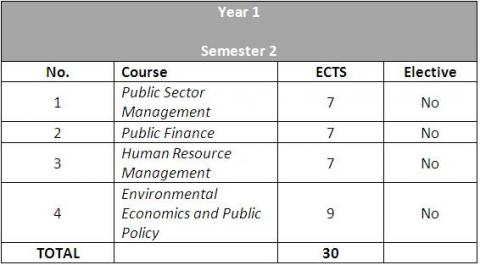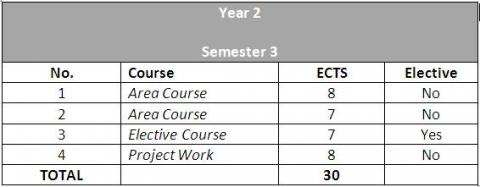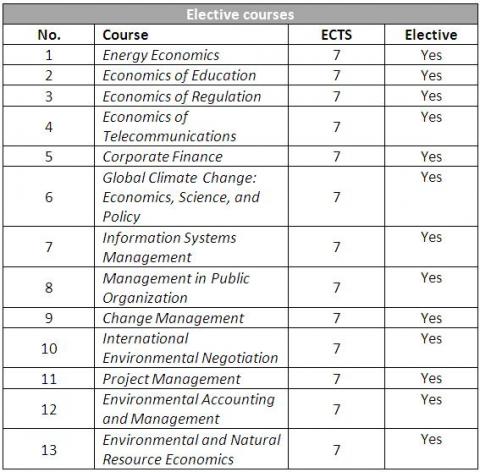Accreditations:
 |  |
Memberships:
 |  |
The Joint Master Programme in Public Sector and Environmental Economics is being prepared in collaboration with the Faculty of Economics (University of Ljubljana). The aim of the Joint Master programme in Public Sector and Environment is to provide the candidates of the Bologna-based +2 study with an in-depth knowledge and skills related to the fields of economics and management of public sector and environmental economics and management. In addition, the programme’s objectives are to: broaden the understanding of the forces driving social change, provide the skills and tools for designing and influencing public policy, provide knowledge and skills for leading and managing organizational change, with emphasis on analytical and problem–solving approaches, introduce new concepts and perspectives for the effective and strategic management of public sector programmes and stimulate new mechanisms for more effectively serving social needs.
This programmestrengthens the university’s ability to provide education that meets the particular needs of transition countries. The interdisciplinary focus of the programme addresses the core need for management, planning, and policy analysis for the public and social sectors.
The requirements for the completion of theprogramme are the successful completion of courses organized according to the system of continuous assessment, followed by writing master’s thesis and its oral defence.
The areas of specialization are developed through the selection of a master’s project/thesis, elective courses and design of relevant projects in the core courses. These activities offer the student a chance to develop depth in his/hers area of specialization.
An applied master’s project (thesis) is a cornerstone of the programme. Under the guidance of their faculty advisor, students develop a project relevant to their concentration area. The project allows each student to develop in–depth expertise about a chosen topic. The topic should be such that they can integrate and apply many of the concepts learned in their core and elective courses.
The structure of the curriculum and course work is given in the following table.




